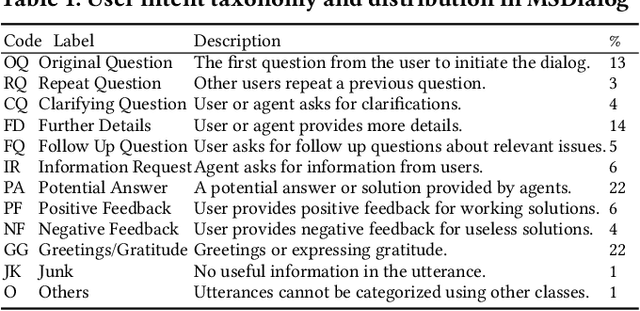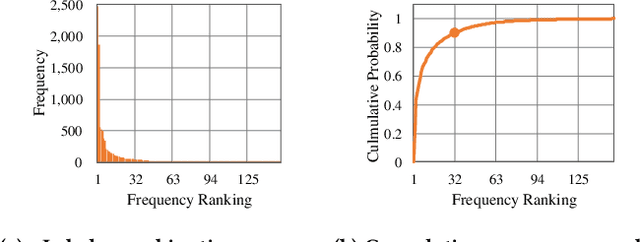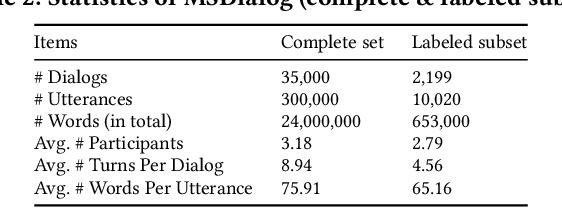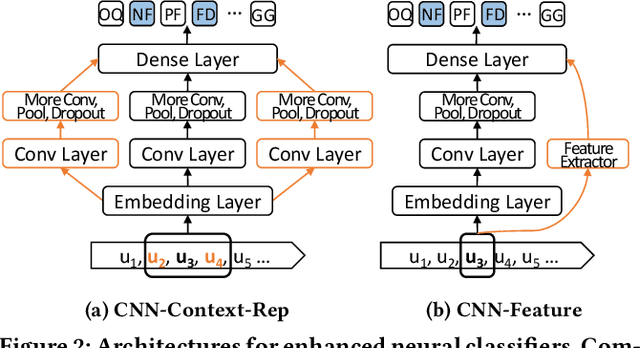User Intent Prediction in Information-seeking Conversations
Paper and Code
Jan 11, 2019



Conversational assistants are being progressively adopted by the general population. However, they are not capable of handling complicated information-seeking tasks that involve multiple turns of information exchange. Due to the limited communication bandwidth in conversational search, it is important for conversational assistants to accurately detect and predict user intent in information-seeking conversations. In this paper, we investigate two aspects of user intent prediction in an information-seeking setting. First, we extract features based on the content, structural, and sentiment characteristics of a given utterance, and use classic machine learning methods to perform user intent prediction. We then conduct an in-depth feature importance analysis to identify key features in this prediction task. We find that structural features contribute most to the prediction performance. Given this finding, we construct neural classifiers to incorporate context information and achieve better performance without feature engineering. Our findings can provide insights into the important factors and effective methods of user intent prediction in information-seeking conversations.
 Add to Chrome
Add to Chrome Add to Firefox
Add to Firefox Add to Edge
Add to Edge